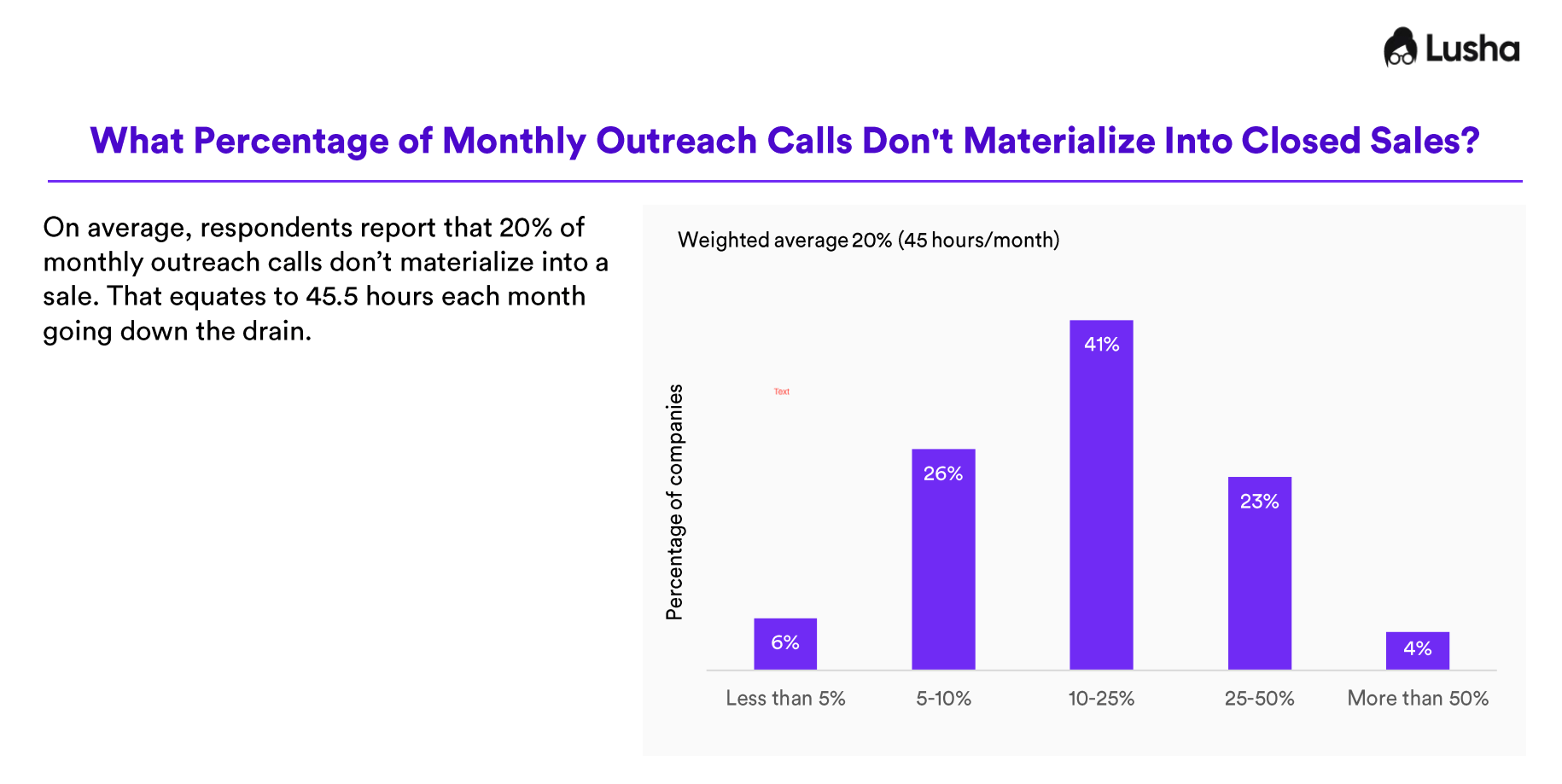When using a sales pipeline tools such as Salesforce, one of the ways you will find that clients and accounts have been organized is into the “closed lost” section. This common sales term, while relating to sales that you were unable to successfully complete, means a lot more than lost customers. The “closed lost” Salesforce […]
When using a sales pipeline tools such as Salesforce, one of the ways you will find that clients and accounts have been organized is into the “closed lost” section. This common sales term, while relating to sales that you were unable to successfully complete, means a lot more than lost customers.
The “closed lost” Salesforce reason for existing is that it allows you to track progress, look at what you did wrong, and learn from it in the future. Read on to find out everything there is to know about the meaning behind “closed lost”, and why a comprehensive understanding of the term is necessary for anyone wishing to use Salesforce to their full advantage.
Main Takeaways:
- Closed lost” describes potential sales that were not successfully completed
- “Closed lost” is the opposite of “closed won“
- Salesforce encourages the use of the “closed lost” function to help salespeople look for ways to improve in the future
- A “closed lost” sale or client does not necessarily mean you have lost them forever
What Does “Closed Lost” Actually Mean?
In sales, nobody likes to lose. However, it is inevitable that sometimes, you won’t be able to successfully complete a sale. This is when “closed lost” comes in. When a client or prospect has formally declined to make a purchase from you, and it is clear that they will not be doing so for the time being, it is time to remove them from the sales pipeline.
When doing so, you will often have the opportunity to mark that client as “closed lost”, essentially meaning that their account is closed and that the opportunity to make a sale has been lost. It is a way of ensuring internal transparency and letting your entire team know that a sale was not successfully concluded.
What Are The Reasons for “Closed Lost” Sales?
There are many reasons that a sale can become “closed lost”, and tools such as Salesforce will allow you to record the exact reason, either via a drop-down menu of potential causes or via a free-form text box. It might be the case that a lead simply lost interest, or decided that your product or service is not for them. It might be that they made a purchase from one of your competitor companies.
Perhaps they disagreed with the terms laid out in the contract, or the key decision-maker decided to put an end to the deal. There might even be internal reasons for the “closed lost”, such as your management declining to terms laid out by the client. Whatever the reason, it is important to record it in Salesforce. On average, respondents to a 2022 Lusha survey reported that 20% of outreach calls don’t materialize as sales. That equates to 45.5 hours per month spent on missed sales.
How Can “Closed Lost” Improve Future Sales Strategies?
While “closed lost” is great for improving company transparency, that’s not the whole story. This vital Salesforce function can help your entire sales team understand what went wrong, and how that can be addressed going forward. It can be used to help detect patterns in lost sales so that your team can see the bigger picture of what might be wrong.
It can also aid your personal development, as it will be much easier to tell what your strong and weak points are. Finally, “closed lost” can help you potentially win back that customer at a later date, armed with the knowledge of what went wrong the first time.
“Closed lost” is a highly useful Salesforce function that everyone in your sales team can benefit from. Always encourage everyone to make full use of the “closed lost” function, as this will improve future sales outcomes for all.



